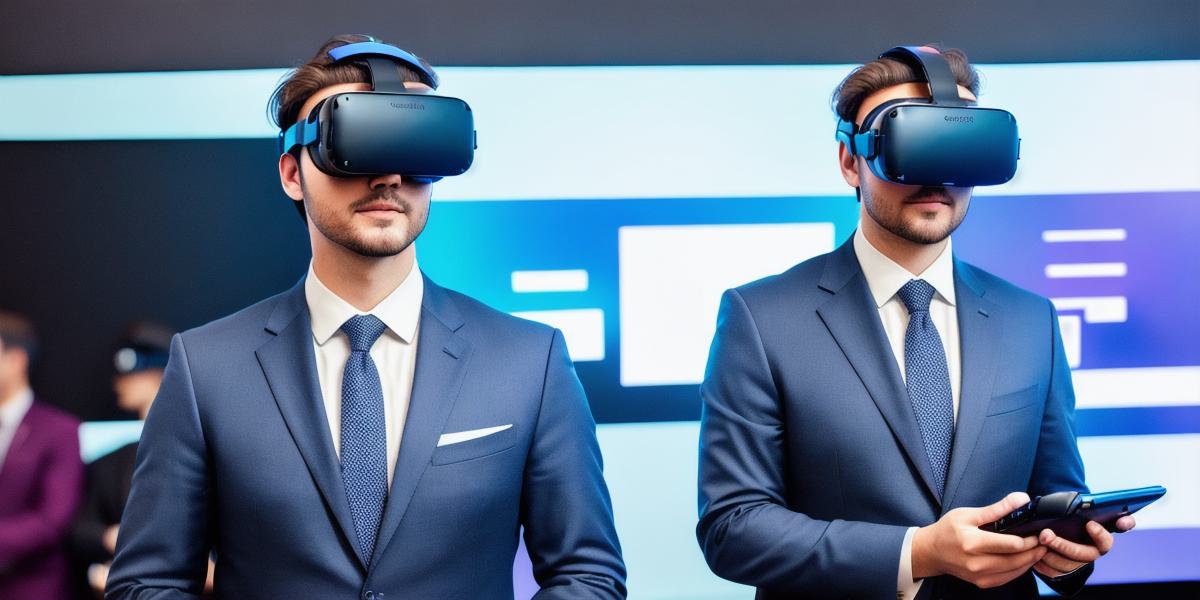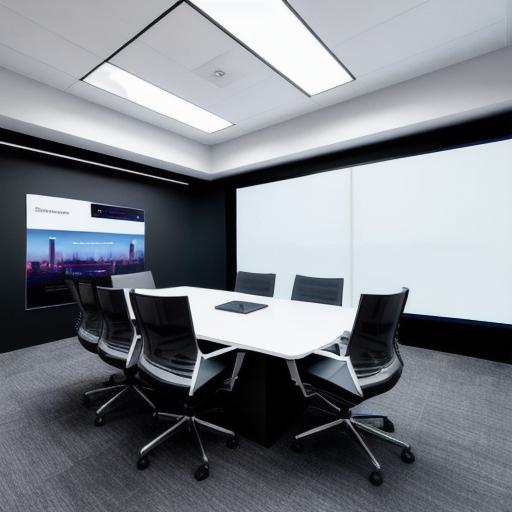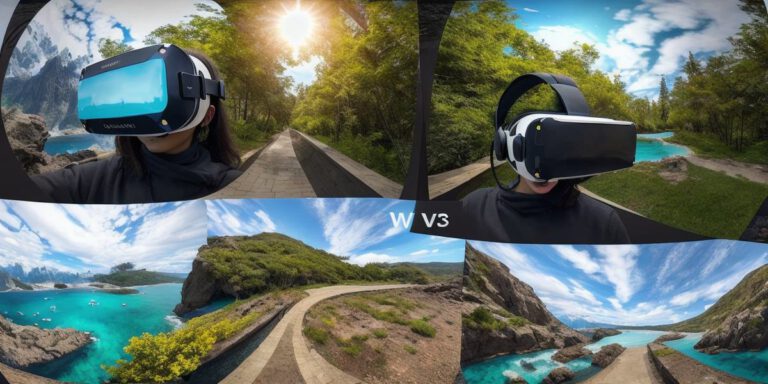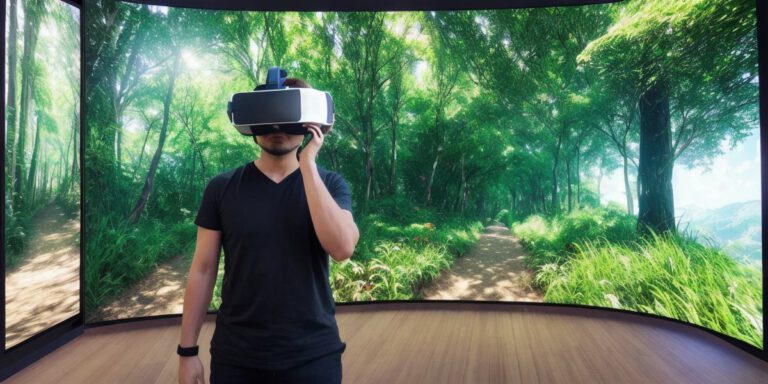Virtual Reality vs. Video Conferencing: Why VR is the Future of Communication

Are you tired of staring at a screen for hours on end during video conferences? Do you wish you could experience the world in a more immersive way? If so, virtual reality (VR) may be the solution to your communication needs. In this article, we will explore the features and advantages of VR, as well as its potential future applications.
Features of Virtual Reality
Virtual reality is a technology that allows users to experience a simulated environment in a computer-generated world. Here are some of the key features of VR:
- Immersive Experience: VR provides an immersive experience that makes it feel like you’re truly in the environment, rather than just watching a screen. This is achieved through the use of headsets and sensors that track movement, allowing users to interact with the virtual world.
- Interactivity: VR allows for interactive experiences, meaning users can touch, grab, and manipulate objects within the virtual environment. This makes it a great tool for training, education, and entertainment.
- Customization: VR environments can be customized to fit specific needs, such as creating a virtual office or designing a virtual training program.

- Accessibility: VR is accessible to anyone with a computer and internet connection, making it an ideal solution for remote teams and global collaboration.
Advantages of Virtual Reality
Virtual reality has numerous advantages that make it stand out from traditional video conferencing solutions. Here are some of the key benefits of VR:
- Improved Communication: VR allows for more effective communication by providing an immersive and interactive experience. This can help to build trust, increase engagement, and improve collaboration.
- Enhanced Training and Education: VR provides a safe and controlled environment for users to learn new skills and explore complex concepts. This makes it an ideal tool for training and education.
- Increased Productivity: By providing an immersive and interactive experience, VR can help to increase productivity by allowing users to focus on their work without distractions.
- Reduced Costs: VR eliminates the need for expensive travel expenses and reduces the carbon footprint associated with commuting. This can help to save companies money in the long run.
Future Potential of Virtual Reality
Virtual reality has enormous potential for the future of communication. Here are some of the key areas where VR is likely to make a significant impact:
- Healthcare: VR can be used in healthcare to simulate surgical procedures and provide patients with a virtual reality experience that can help to reduce anxiety and pain.
- Real Estate: VR can be used in real estate to give potential buyers and renters a virtual tour of properties, saving time and money for all involved.
- Entertainment: VR is already being used in the entertainment industry to create immersive gaming experiences and virtual movies. It has the potential to revolutionize the way we experience media.
- Education: VR can be used in education to provide students with a virtual reality experience that allows them to explore complex concepts in a safe and controlled environment.
Summary
Virtual reality is the future of communication, offering an immersive and interactive experience that provides numerous advantages over traditional video conferencing solutions. From improved communication to enhanced training and education, VR has enormous potential for the future of collaboration and remote teams. If you’re looking for a way to take your communication to the next level, virtual reality may be just what you need.








